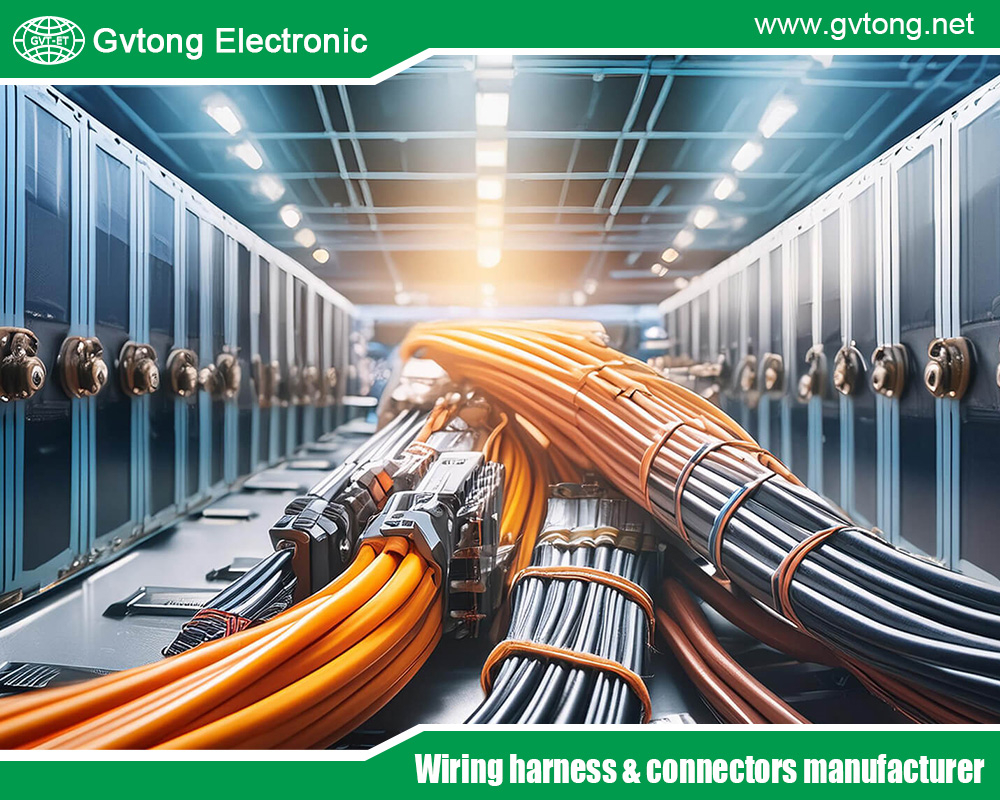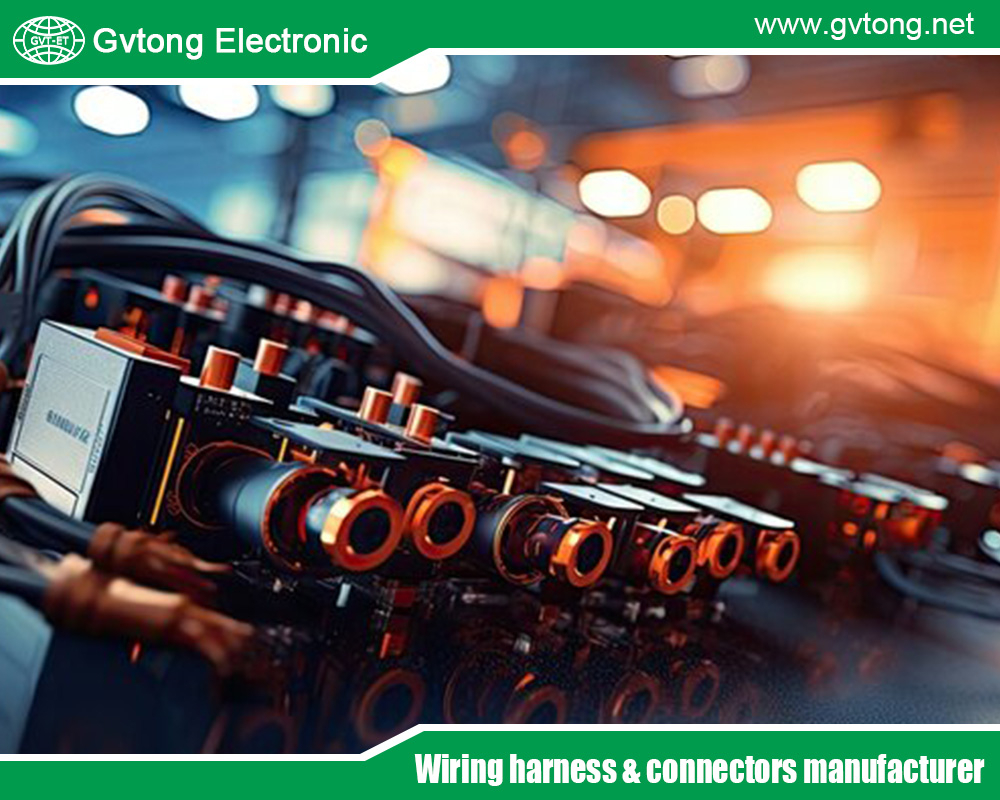Blogs & News
We are focus on automotive wiring harness & connectors technology.
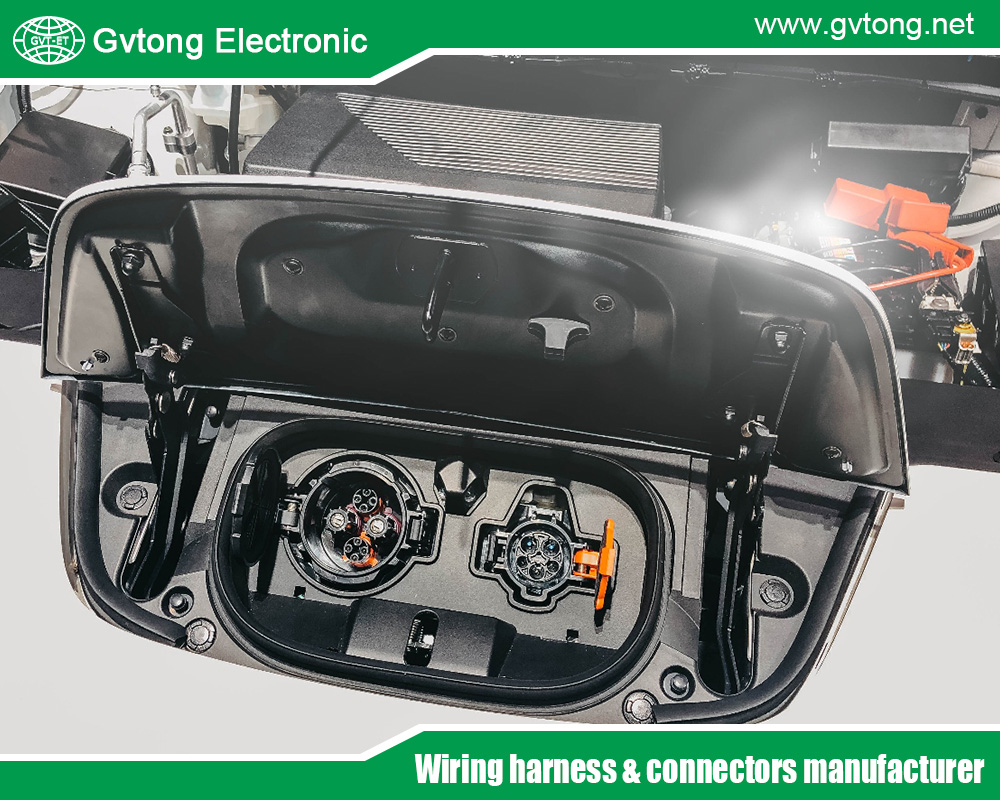
Analysis of the Future Trends and Broad Prospects of 8-Cavity Connector Technology
- Gvtong Electronic
- 8-cavity connector, 8-cavity connector manufacturer, 8-cavity connector market, 8-cavity connector technology, antenna connector, auto cavity connector, automotive antenna connector, automotive diagnostic connector, automotive electrical connector, Automotive high - frequency connector, automotive High voltage connector, automotive hybrid connector, automotive Oil-resistant Connectors, automotive optical fiber connector, Automotive power distribution connector, Automotive temperature - resistant connector, cavity connector, coaxial connector, data connector, electrical connector, EV charging connectors, Fuel cell connectors, high - frequency, High voltage connector, In-cabin infotainment connectors, Low voltage connector, OEM-specific connectors, Oil-resistant Connectors, optical fiber connector, power distribution, Quick-fit automotive connectors, Signal Connector, V2X communication connectors, vibration - resistant, waterproof connectors
- No Comments
Analysis of the Future Trends and Broad Prospects of 8-Cavity Connector Technology
In modern electronic devices and systems, connectors play a vital role in enabling electrical connections and signal transmission between different components. As a type of connector with a unique structure and function, the 8-cavity connector supports multi-circuit connections through its eight independent cavities and is widely used in various fields such as communications, automotive, and industrial automation. With the rapid development of technology, the performance requirements for connectors in various industries are becoming increasingly stringent, bringing unprecedented opportunities and challenges to 8-cavity connector technology and showcasing a series of future trends worthy of attention.
The Remarkable Trend of High Frequency and High Speed
With the rapid advancement of emerging technologies such as 5G, the Internet of Things (IoT), and big data centers, the demand for high-speed transmission and reliable connections has exploded. In the 5G communications field, data transmission rates have significantly increased, and the volume of data interaction between base stations and core networks, as well as within various modules of base stations, has surged. As a key component for signal transmission, the 8-cavity connector must possess high-frequency and high-speed characteristics to meet the strict requirements of 5G networks for low latency and high bandwidth. For example, in the connection between the radio frequency unit and baseband unit of a 5G base station, the 8-cavity connector needs to support data transmission rates of tens of Gbps or higher, ensuring signal integrity and stability during transmission while minimizing signal attenuation and distortion.
In data centers, with the widespread application of technologies such as cloud computing and artificial intelligence, the volume of data exchange between servers has grown exponentially. 8-cavity connectors are widely used in connecting internal components of servers, as well as in connecting servers to storage devices and network equipment. Their high-frequency and high-speed performance can effectively enhance the data processing and transmission efficiency of data centers, reduce latency, and meet the needs of big data for fast reading, writing, and analysis.
Miniaturization and High Density Develop in Parallel
Electronic devices are trending toward miniaturization and thinness, which requires internal components to follow suit. While maintaining high performance, 8-cavity connectors are continuously reducing in size. Through the use of new materials and optimized structural designs—such as manufacturing internal pins and cavities with more precise processing techniques—the volume of connectors has been significantly reduced to adapt to the compact spatial layouts inside electronic devices. In mobile devices such as smartphones and tablets, 8-cavity connectors are used to connect the motherboard with components like cameras, displays, and antennas. Miniaturized connectors not only save valuable internal space but also help improve the overall performance of the devices.
At the same time, to meet the demand for more circuit connections due to the increasing functionality of devices, 8-cavity connectors are developing toward high density, i.e., increasing the number of connection points within a limited space. This requires improving the pin arrangement density during the design and manufacturing process while ensuring that the electrical performance between pins remains unaffected. In the motherboard connections of laptops, high-density 8-cavity connectors can enable connections for more components, such as CPUs, memory, hard drives, and wireless network cards, enhancing the overall performance and functional integration of the computers.
Intelligence and Automation Emerge
With the arrival of the AI era, connectors are no longer limited to simple signal transmission functions. In the future, 8-cavity connectors are expected to integrate smart chips or sensors to achieve real-time monitoring and intelligent judgment of parameters such as connection status, signal quality, temperature, and humidity. When abnormal signals or connection failures are detected, the connectors can automatically issue alarms or make self-adjustments to ensure the stable operation of the system. In industrial automation production lines, intelligent 8-cavity connectors can real-time monitor the connection status between devices, promptly identify and resolve potential issues, and improve production efficiency and equipment reliability.
In the manufacturing process, automated production technologies for 8-cavity connectors will be more widely adopted. Traditional connector production relies heavily on manual labor, but with the development of industrial automation, advanced automated equipment such as precision machine tools, automated assembly lines, and robots will become the mainstay of production. This not only improves production efficiency and product precision but also reduces production costs and ensures consistency in product quality. Automated production can also achieve 24-hour uninterrupted manufacturing to meet the growing market demand for 8-cavity connectors.
Continuous Expansion of Application Fields
In the communications sector, beyond 5G base station construction, 8-cavity connectors will also play important roles in fiber optic communications and satellite communications. In fiber optic communications, they are used to connect optical modules with fiber optic lines to enable efficient optical signal transmission. In satellite communication ground station equipment, they ensure stable communication between satellites and ground control centers.
In the automotive industry, with the rise of new energy vehicles and intelligent connected vehicles, the application of 8-cavity connectors has become increasingly widespread. In the battery management systems, motor control systems, and charging systems of new energy vehicles, 8-cavity connectors are used to connect key components, ensuring stable and reliable power transmission and signal control. In intelligent connected vehicles, they are used to connect in-vehicle sensors, cameras, communication modules, etc., to enable information interaction between vehicles and the outside world and autonomous driving functions.
In the industrial automation field, with the advancement of Industry 4.0 and intelligent manufacturing, the demand for interconnection between devices in factories has increased. 8-cavity connectors can be used to connect industrial robots, automated production line equipment, sensor networks, etc., ensuring accurate delivery of data transmission and control commands in industrial systems and improving the automation and intelligence level of industrial production.
Challenges and Countermeasures
Despite the broad prospects for 8-cavity connector technology, it faces numerous challenges. At the technical level, improving high-frequency and high-speed performance is hindered by challenges such as signal interference and electromagnetic compatibility. Miniaturization and high density impose higher demands on materials and manufacturing processes—for example, how to ensure good heat dissipation and electrical insulation performance in narrow spaces. In the market, fierce competition requires companies to continuously invest in research and development to maintain technological leadership, while fluctuations in raw material prices can affect production costs and corporate profits.
To address these challenges, companies need to increase investment in research and development, collaborate with universities and research institutions to tackle technical problems through industry-academia-research cooperation, and strengthen the research and application of new materials—such as high-performance insulating materials and low-resistance conductor materials—to enhance connector performance. Optimizing production processes and introducing intelligent manufacturing technologies can improve production efficiency, product quality, and cost reduction. In the market, companies should strengthen market research, promptly understand changes in market demand, adjust product strategies, expand diversified customer groups and application fields, and reduce market risks.
Conclusion
In summary, the future of 8-cavity connector technology will be characterized by trends of high frequency and high speed, miniaturization and high density, intelligence and automation, with broad application prospects in numerous fields such as communications, automotive, and industrial automation. Although facing technical and market challenges, through continuous innovation and effort, 8-cavity connector technology will undoubtedly play a more important role in future technological development and drive related industries to new stages of growth.
For more about analysis of the future trends and broad prospects of 8-cavity connector technology, you can pay a visit to Gvtong at https://www.gvtong.net/ for more info.
Recent Posts
Revealing the Core Advantages of Automotive Hybrid Connectors
What is the 12 Volt Automotive Wire Connector
Recommend the Best ADAS Automotive Connector Manufacturers in China
What is an Electrical Distribution System and How to Choose It
The Top Automotive Electrical Connectors Manufacturers You Want to Know
How to Choose the Best Automotive Connector Suppliers in Vietnam
The Best High Current Connectors Automotive Manufacturer in China
Tags
Recommended Products
-
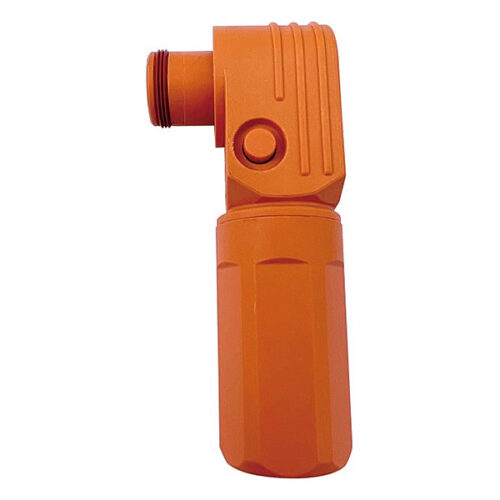
Energy storage connector 8.0mm
-
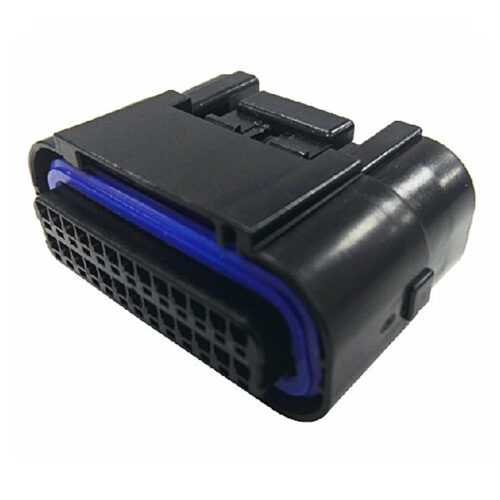
GE Series-18/26-core double-row signal connector
-
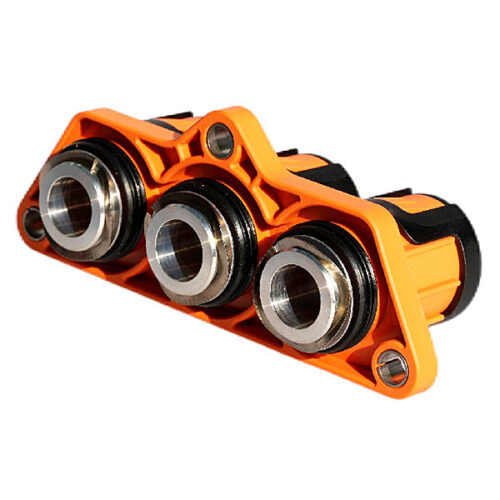
GIPT 3-core wiring connector
-
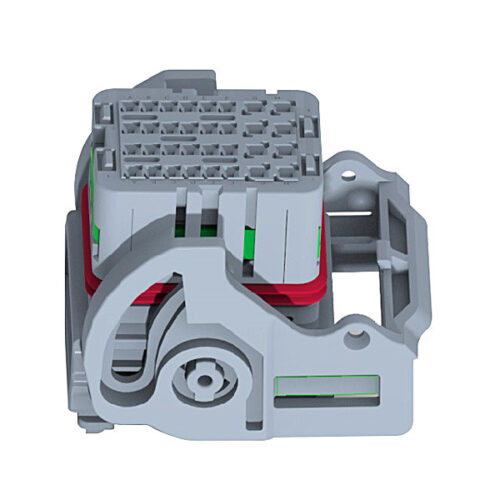
GE Series-32-core Low Voltage Connector-Socket+Plug
-
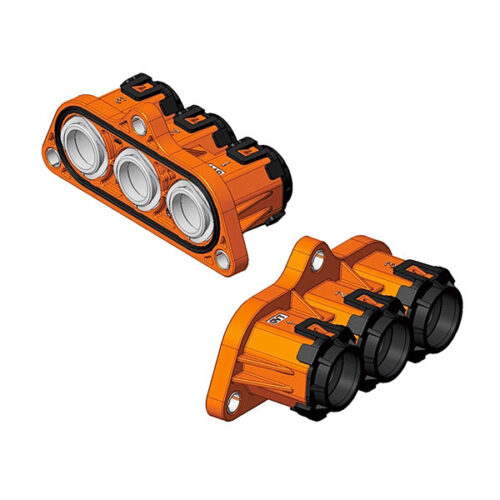
GVPT three-core wiring connector
-
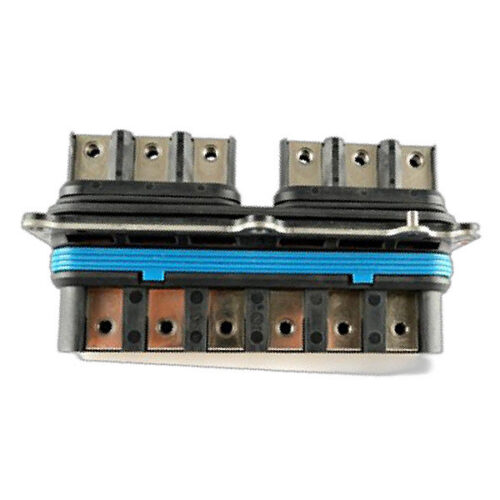
Oil cold through the cylinder
-
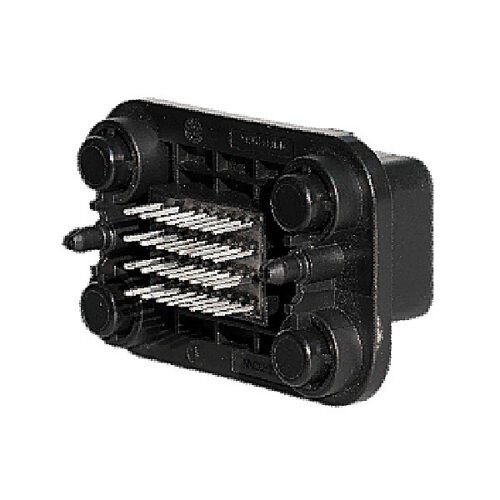
GE Series-32pin Signal Connector Right Angle Socket
-
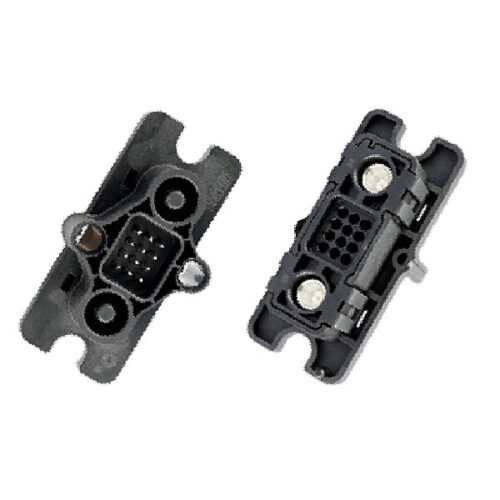
GF Series-2+12 Floating Connector

